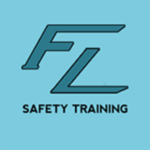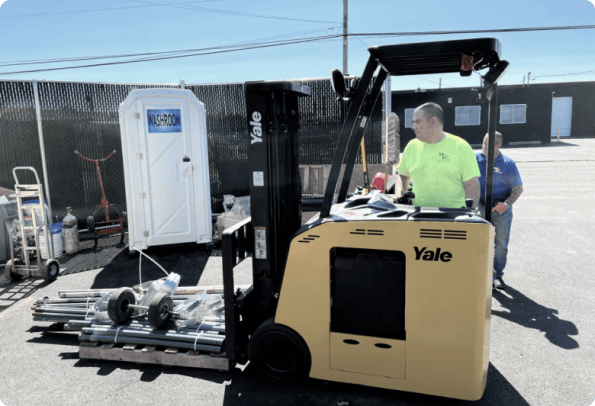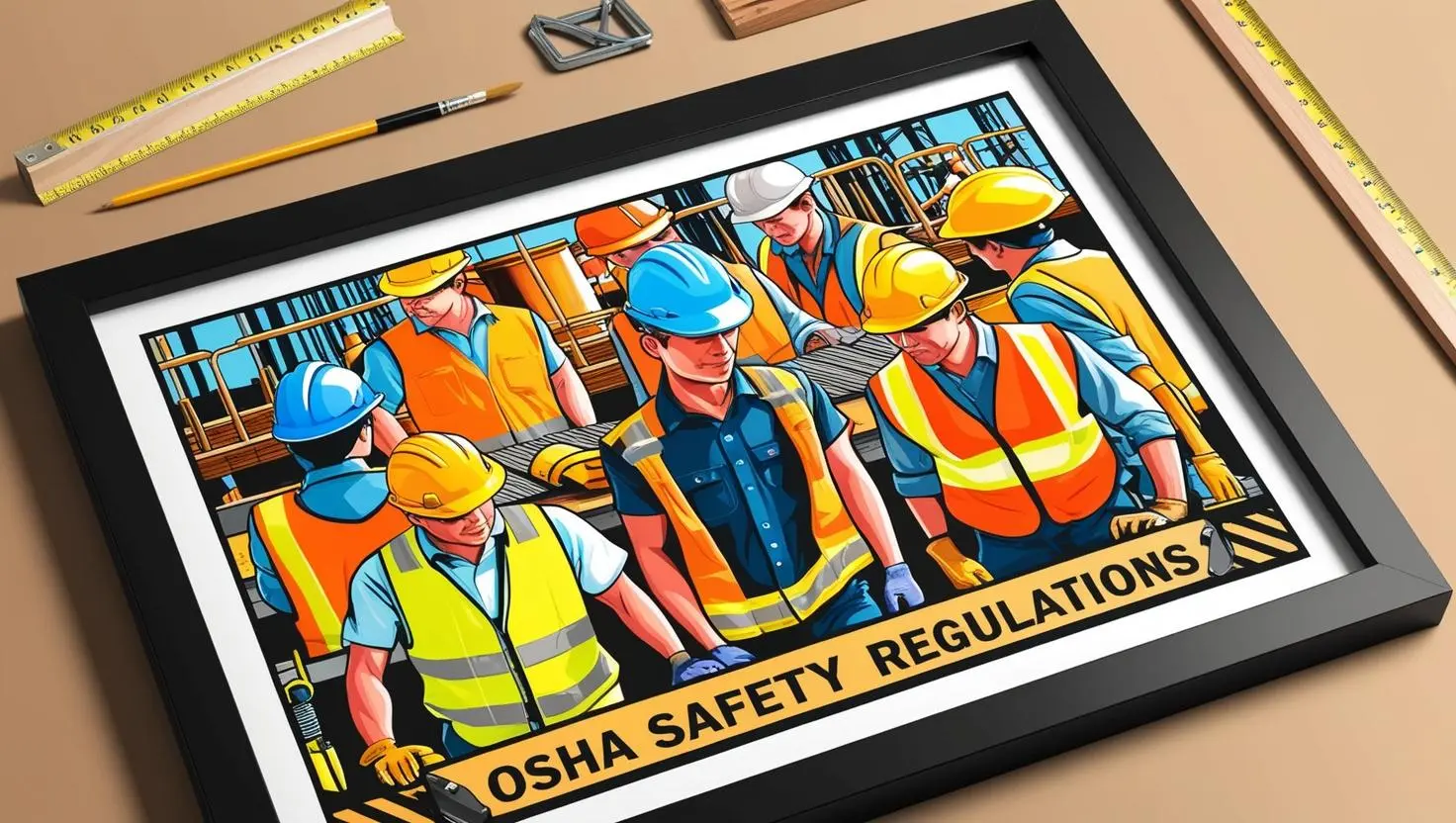How to Drive and Operate a Stand-Up Forklift with Fast Line Safety Training
In the realm of material handling and warehouse operations, forklifts are indispensable. They come in various forms, each tailored to specific needs. Among these, the stand-up forklift stands out due to its unique design and benefits. Before diving deep into its operation, let’s first understand its essence and why expert training, like that offered by Fast Line Safety Training, is paramount.
What is a Stand-Up Forklift and What Benefits Does it Offer?
A stand-up forklift is distinguished from its counterparts by the standing position of its operator. Perfectly suited for tight warehouse aisles and frequent loading/unloading tasks, its design facilitates quick mounting and dismounting. This ease of access, combined with its agility, makes it a preferred choice for many businesses.
Key Benefits of the Stand-Up Forklift:
- Space Efficiency: Their compact design makes them perfect for navigating tight spaces and narrow aisles in warehouses.
- Enhanced Productivity: Quick access allows operators to mount and dismount swiftly, leading to increased efficiency.
- Optimal Visibility: Standing position offers operators a broader field of vision, reducing blind spots and potential accidents.
- Ergonomics and Alertness: Standing can increase an operator’s alertness, and models with ergonomic backrests help maintain proper posture.
Operating the Stand-Up Forklift: A Step-by-Step Guide
- Initial Inspection: Before any operation, conduct a thorough check. This includes inspecting the wheels, fluid levels, forks, mast, and safety lights to ensure the equipment is in prime condition.
- Starting Up: Turn the ignition key. Once the system is ready, make sure the forks are retracted and are slightly elevated from the ground.
- Steering and Movement: Unlike traditional forklifts, the stand-up variant uses a control handle for steering. Tilt the control handle gently in your intended direction and use the power pedal to move.
- Safe Loading Practices: Before engaging a load, ensure it’s balanced and secure on the forks. Always ensure that the forks are supporting a significant portion of the pallet’s length, preferably at least 2/3. Remember to keep the load close to the ground for stability.
- Safety First: Constant vigilance is vital. Use the horn, especially when reversing, and always be aware of your surroundings. Adhering to safety protocols is non-negotiable.
Stand-Up vs. Sit-Down Forklifts: The Key Differences
While both types serve the primary function of lifting and moving materials, their operation and design vary:
- Controls: Sit-down forklifts often have controls similar to a car, including a steering wheel. In contrast, stand-up forklifts rely on a control handle for direction.
- Visibility: Standing up provides better visibility, especially in reverse, reducing the risk of accidents.
- Size and Maneuverability: Stand-up forklifts are generally more compact, allowing for sharper turns and better maneuverability in tight spaces.
The Importance of Proper Training
Operating any forklift, especially a stand-up variant, without proper training can lead to accidents. Fast Line Safety Training offers top-tier, OSHA-approved training programs to ensure safe and efficient forklift operations. With our classes, operators gain not just the skills but also the confidence to handle these machines.
Get your Forklift Certification with Fast Line Safety Training
Located in NY, Fast Line Safety Training is dedicated to providing unparalleled forklift training. We pride ourselves on our comprehensive courses and our commitment to safety. Plus, with our onsite training options, we bring the classroom to you, ensuring minimal disruption to your operations.
While stand-up forklifts present numerous advantages, their benefits can only be fully realized with proper training and operation. By partnering with Fast Line Safety Training, you’re not just getting a training service; you’re investing in safety, efficiency, and the future of your operations. Contact us today to learn more about our offerings and how we can help elevate your forklift operations.





